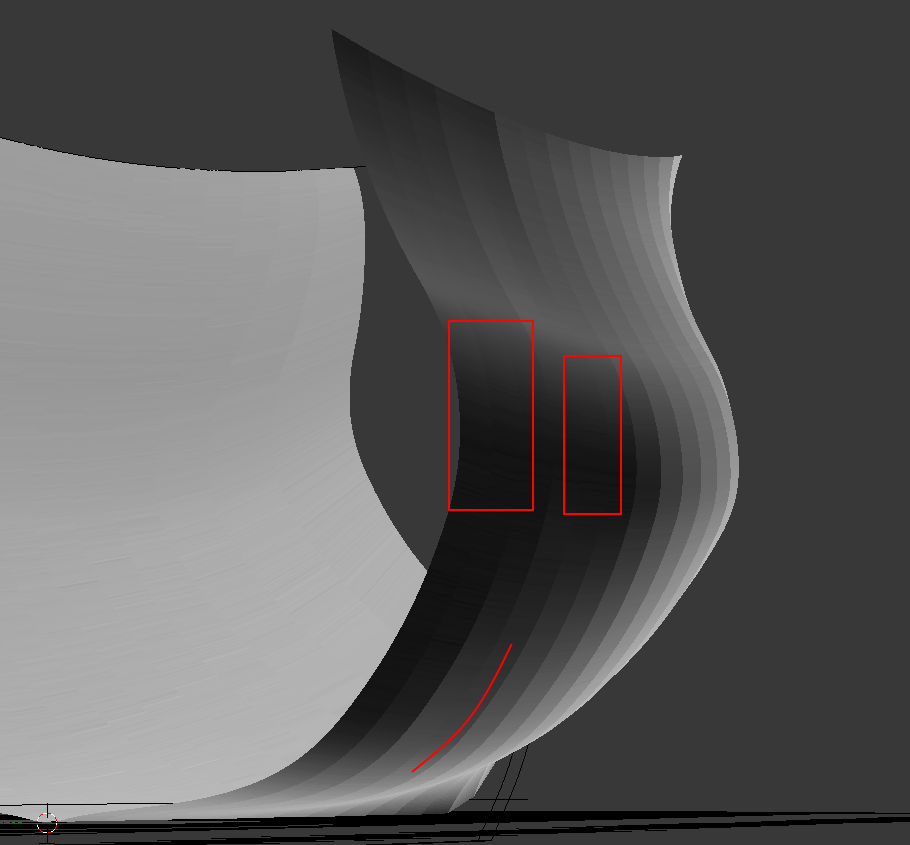.
Thank you very much, Maarten. The case of
London 1656 is particularly interesting, because even the 'plans' of this ship have been preserved. The trouble is that these 'plans' are decorative in nature and are, in a very expert way anyway, simplified. As a result, difficult decisions will have to be made as to which elements of the
London 1656 'plan' should be taken literally and which should be interpreted, and how. For this possible interpretation, the design methods that have just been read and shown here, i.e. of Project 1654/
Naseby 1655/
Riksäpplet 1663, will be particularly useful indeed.
We're going to do it with Martes, and show it in a new thread, but of course the current project needs to be finalized first by drawing the ship's lines in today's normal convention.
.





























